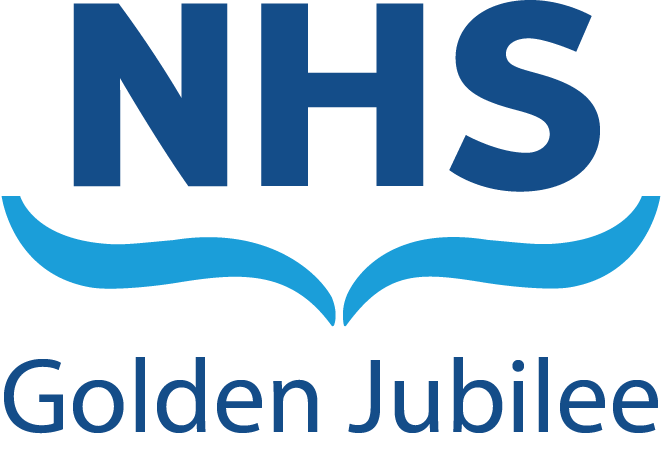Supportive therapies
Diuretic therapy
Diuretics are recommended in patients with clinical features of right ventricular failure or volume overload. In some cases, intravenous diuretics are required. Serum biochemistry should be monitored on a regular basis.
Oxygen supplementation
Alveolar hypoxia is a potent pulmonary vasoconstrictor, leading to increased pulmonary arterial pressure both acutely and chronically. Oxygen supplementation is recommended to maintain PaO2 > 8kPa (60mmHg) at rest. In flight oxygen is recommended for WHO functional class III or IV. Patients in FC I-II with saturations between 92-95% should have a hypoxic challenge test. Similarly, patients who fulfil these criteria should avoid altitudes greater than 1500-2000m.
Cardiac glycosides
The role of cardiac glycosides in PAH is unclear and has not been the subject of a randomized controlled trial. Digoxin may be considered in patients who develop an atrial tachyarrhythmia in order to slow ventricular rate. No evidence exists to evaluate their long-term effectiveness.
Anticoagulation
Evidence on benefit of anticoagulation in idiopathic, heritable and anorexigen associated-PAH is conflicting. Anticoagulation (aiming for an INR of 2-3 if warfarin is used) should be considered on a case-by-case basis. Anticoagulation therapy is not recommended in associated forms of PAH unless there are other indications.
Calcium channel blockers (CCB)
The appropriate use of CCBs in patients with IPAH is controversial. Concern exists that CCB therapy in non-responders may further impair cardiac function. Treatment of IPAH with CCBs is reserved for patients in functional class II who demonstrate evidence of acute vasoreactivity, defined as a reduction in mean pulmonary artery pressure >=10mmHg to a level that is <=40mmHg, with an increased or unchanged cardiac output during testing with an acute, short acting vasodilator. Inhaled nitric oxide is the vasodilator of choice. The choice of agent is dependent on heart rate, with relative bradycardia favouring amlodipine and relative tachycardia favouring diltiazem. Both should be started at a low dose and titrated up. Response to therapy should be assessed at 3-4 months and re-evaluated if no benefit or clinical worsening is seen.

